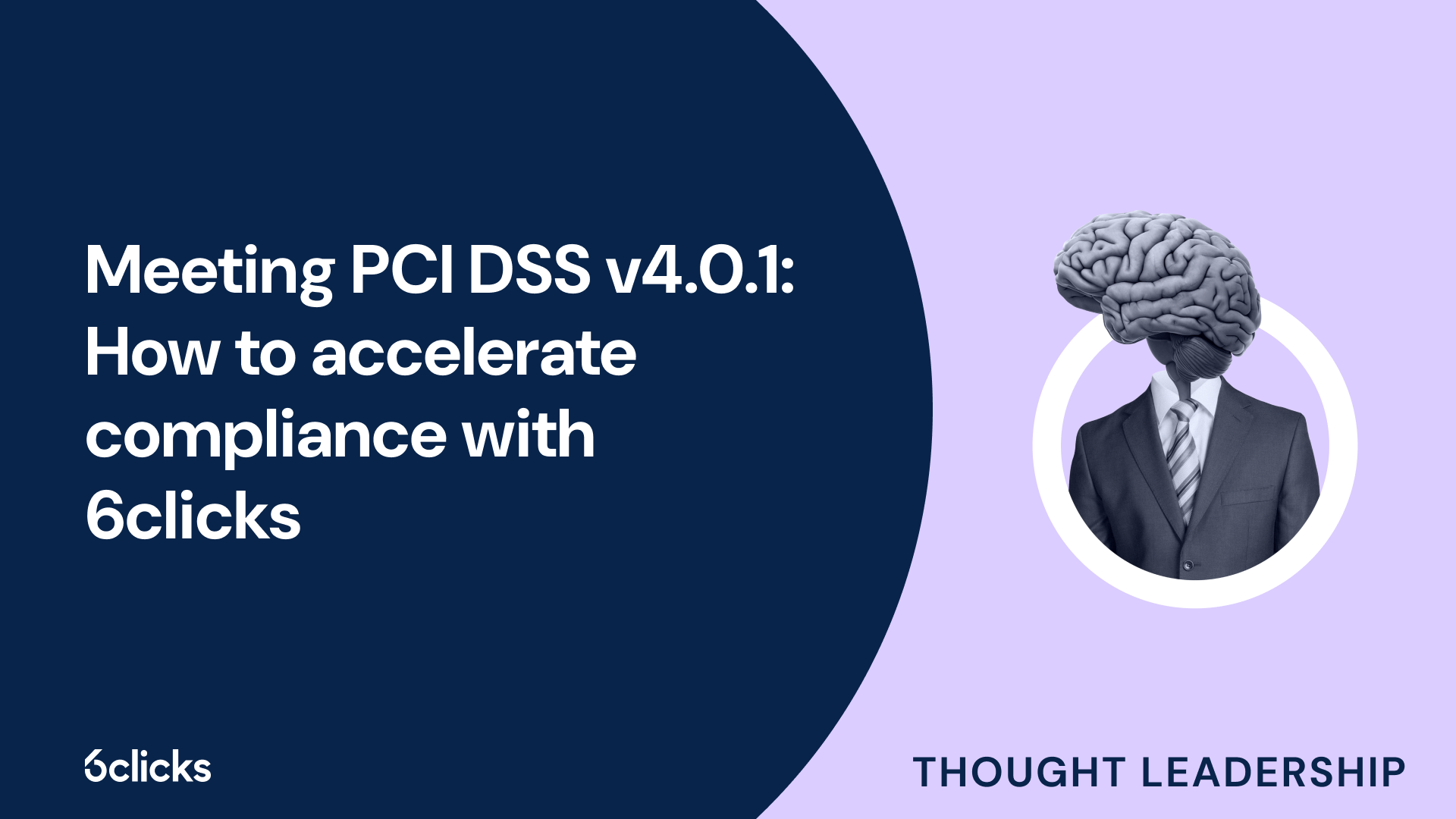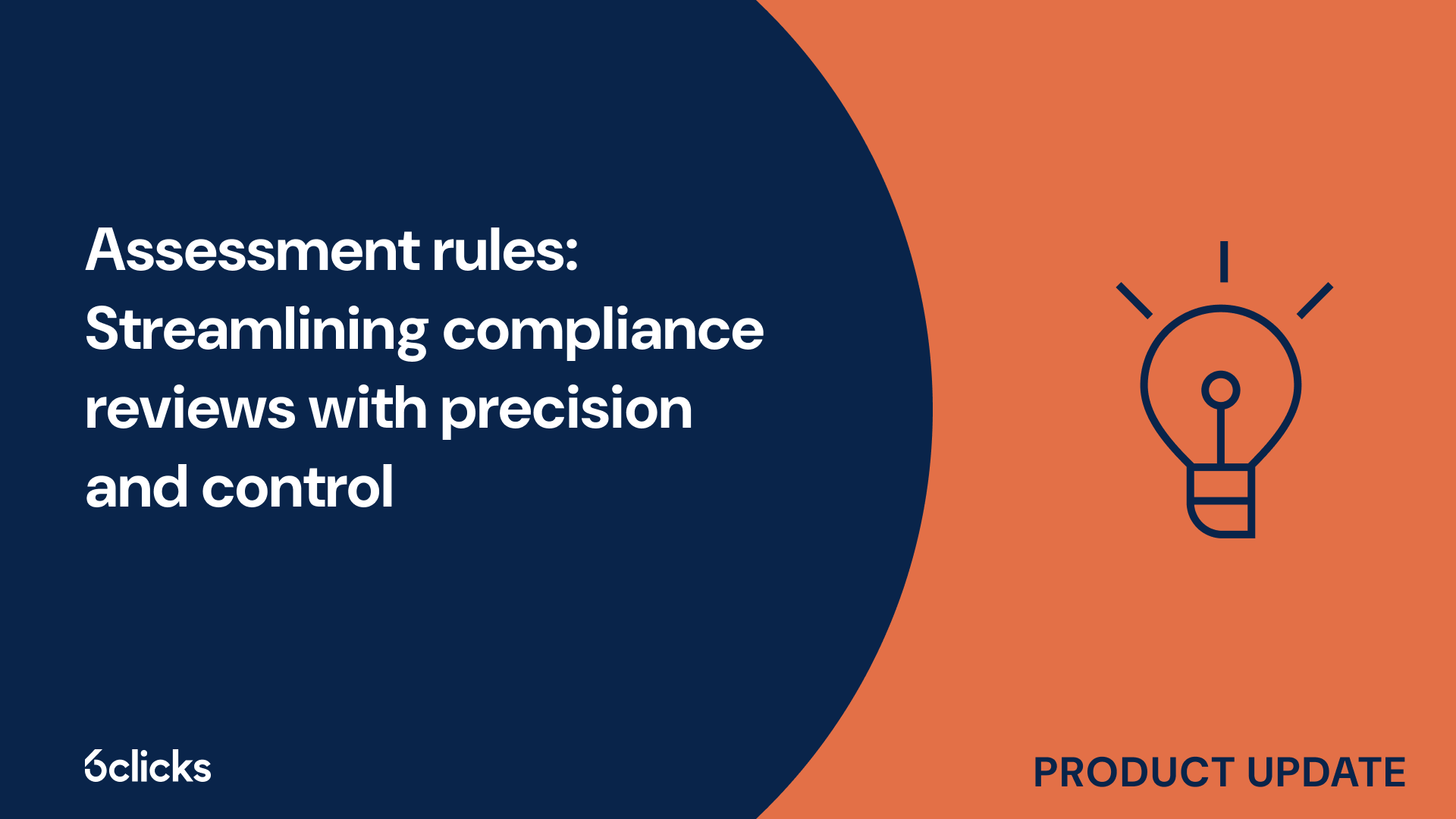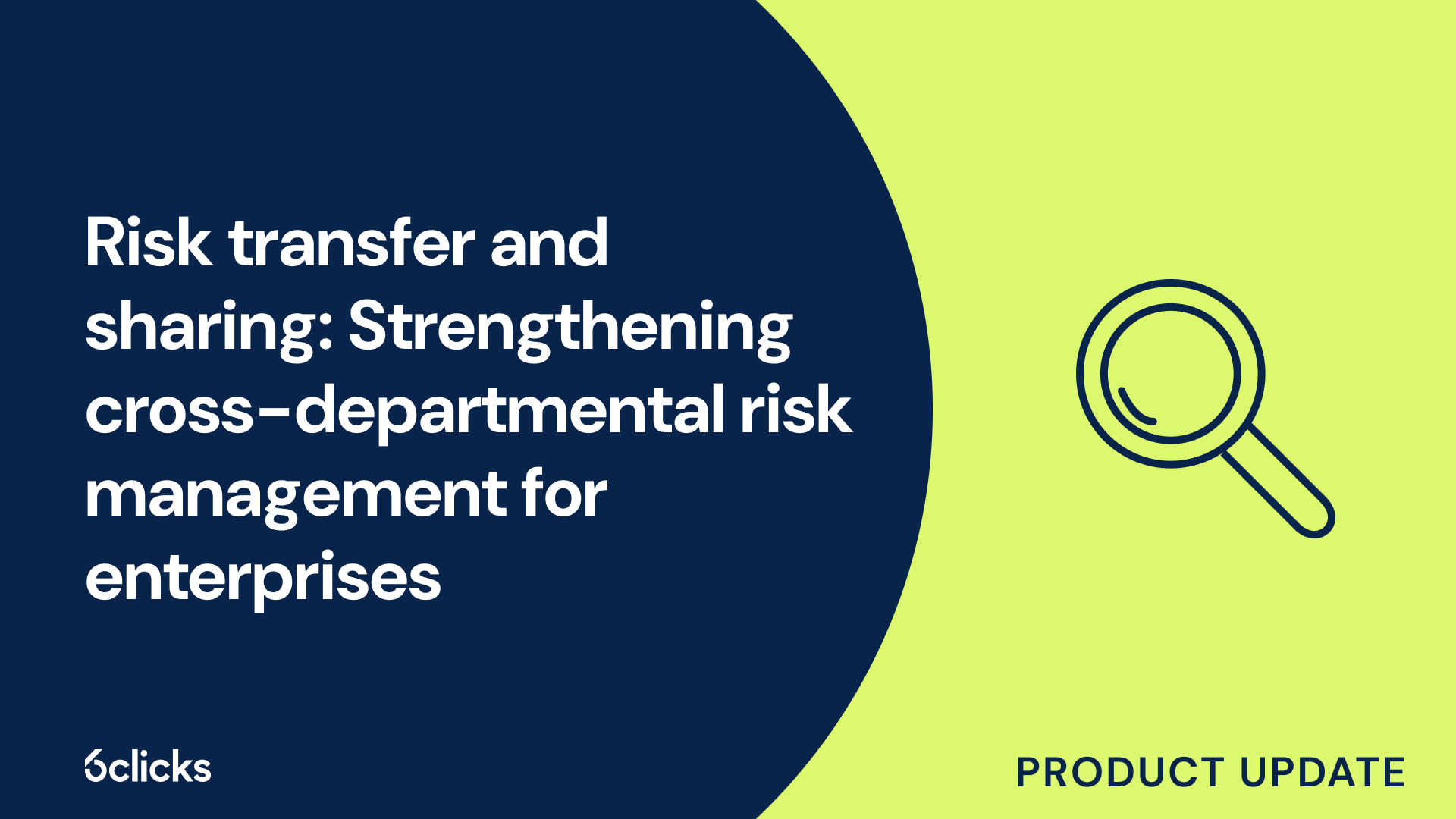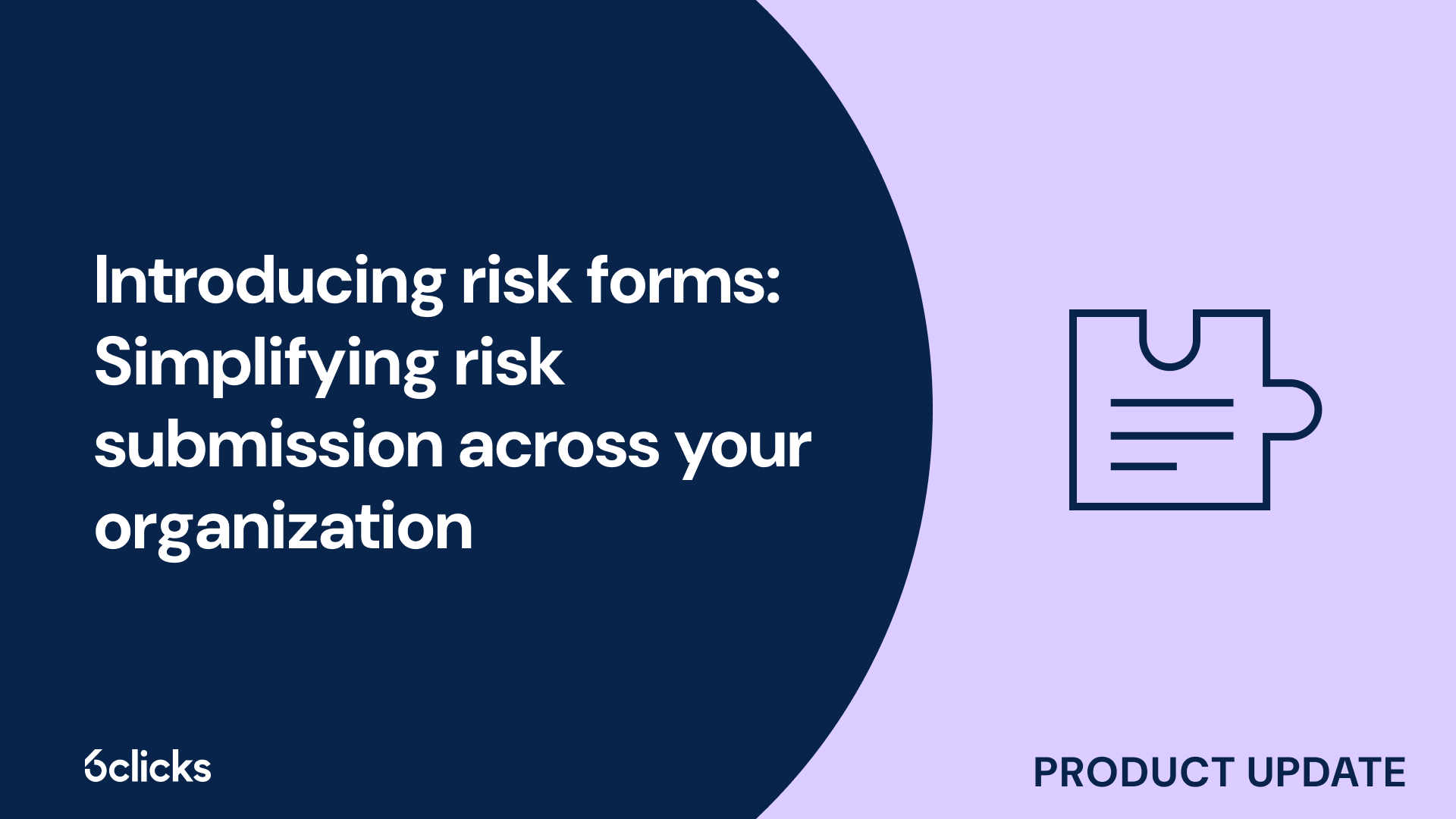The GRC buyer’s guide for 2025: Building resilience with AI-powered, federated solutions
Discover the ultimate GRC buyer's guide for 2025! Uncover how AI-powered, federated solutions transform compliance and security management for industries like government, aerospace, banking, and more. Learn about centralized control, continuous compliance, and advanced cyber GRC capabilities. Download now!
-1.png?width=200&height=249&name=Group%20193%20(1)-1.png)
The GRC buyer’s guide for 2025: Building resilience with AI-powered, federated solutions
What are risk management principles?
Risk management principles are essential guidelines that help organizations and individuals identify, assess, and mitigate risks effectively. These principles ensure that businesses can minimize potential threats while maximizing opportunities for growth and sustainability. Understanding and applying these principles allows companies to operate efficiently, protect assets, and comply with legal requirements.
Key principles of risk management
1. Risk identification
2. Risk assessment and analysis
Once risks are identified, the next step is to evaluate their likelihood and potential impact. Organizations use qualitative and quantitative risk analysis methods to prioritize risks based on severity. Tools such as risk matrices, probability-impact charts, and failure mode and effects analysis (FMEA) help in understanding the risk exposure and determining the level of response required.

3. Risk control and mitigation
4. Risk monitoring and review
5. Communication and consultation
6. Integration with business strategy
7. Continual improvement
Risk management is a dynamic process that evolves with time. Businesses must continuously improve their risk management practices by learning from past experiences, analyzing emerging risks, and adopting new technologies. Conducting post-incident reviews, updating risk policies, and leveraging artificial intelligence for predictive risk analysis are ways organizations can enhance their risk management frameworks.
Conclusion
Risk management principles provide a structured approach to identifying, assessing, and mitigating risks. By following these key principles—risk identification, assessment, control, monitoring, communication, integration, and continual improvement—organizations can safeguard their operations and achieve long-term success. Implementing a robust risk management framework not only protects assets but also ensures regulatory compliance and enhances business resilience in an ever-changing environment.
By adhering to these principles, companies can turn potential risks into strategic advantages, fostering a proactive and adaptive business culture. Understanding risk management is not just a necessity; it is a crucial component of sustainable growth and organizational stability.
Get started with 6clicks
Streamline your risk management process with 6clicks' robust solution. Utilize comprehensive risk registers, automate risk identification and assessment using AI-powered tools, and implement risk mitigation measures through integrated control management functionality.
Explore the full capabilities of the 6clicks platform.




.jpg?width=302&height=170&name=eBook%20Title%20-%20Risk%20management%20for%20ISO%2027001%20and%20ISMS%20expert%20guide%20eBook%20(1).jpg)






